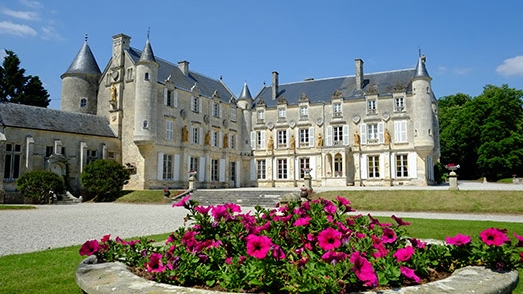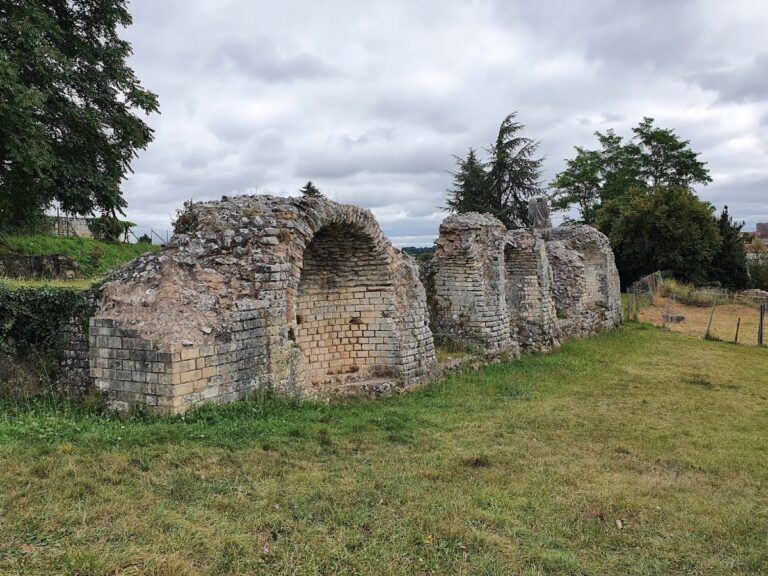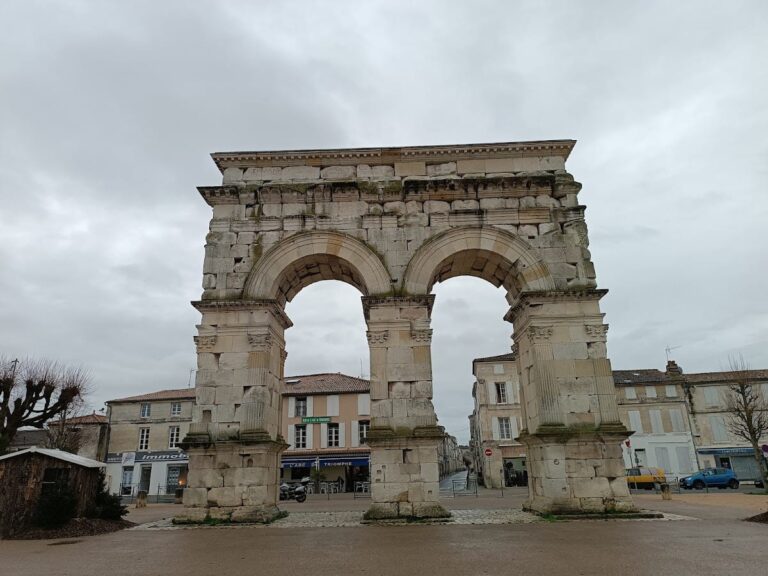Château de Surgères: A Medieval Fortress and Historic Site in France
Visitor Information
Google Rating: 4.4
Popularity: Low
Google Maps: View on Google Maps
Official Website: www.ville-surgeres.fr
Country: France
Civilization: Unclassified
Remains: Military
History
The Château de Surgères stands in the town of Surgères in modern-day France and was originally established by medieval builders during the late Carolingian era. This location on the right bank of the Gères river became the center of the town’s historical and cultural identity.
Throughout the Middle Ages, the site evolved with early construction dating back to the 11th century, including a church built in the Saintonge Romanesque style. The castle and its surrounding fortifications were successively held by several noble families. The Maingot family maintained ownership until 1345, after which the Clermont family took possession until 1487. Following that period, the Maumont family became the castle’s lords, succeeded by the Fonsèque-Monterey family who controlled it until 1600. From that year, the La Rochefoucauld family assumed ownership.
The castle’s defenses underwent a significant rebuilding in 1576, a period coinciding with the French Wars of Religion. This restoration is commemorated by a Latin inscription placed above the main entrance, crediting Charles de Fonsèque, the Baron de Surgères, for the reconstruction during the fourth civil war of that conflict. The church within the enclosure was preserved from ruin in the 19th century following efforts led by Prosper Mérimée, a key figure in French cultural preservation. Over time, the castle and its associated buildings took on civil functions, including an 18th-century manor built by François de La Rochefoucauld that now serves as the town hall, replacing the medieval tower first recorded in the early 1700s.
Remains
The Château de Surgères is enclosed within a substantial elliptical fortified wall extending roughly 600 meters, originally surrounded by wide and deep moats fed by diverted waters of the Gères river. This defensive enclosure dates primarily from the 12th century and once included about twenty round towers, many of which survive today. Among these stands the isolated “Tour Hélène,” a round tower overlooking both the castle and the Renaissance gate; it is named after Hélène de Fonsèque, a medieval noblewoman and noted muse of the poet Ronsard.
The main entrance is marked by a large porch featuring a double drawbridge system. Within this design, vertical slots remain visible where the beams for raising the two drawbridges once operated. Beside the main gate’s left side, a smaller pedestrian bridge once allowed foot access; it is now closed off but retains a large nailed wooden door probably dating from the 16th century. Above the entrance, a rectangular stone cartouche bears the 1576 Latin inscription, recording the castle’s reconstruction during the religious wars. A guardhouse with a four-sided slate roof sits atop this gateway, emphasizing its defensive and administrative role.
A Renaissance-style gate from the 17th century marks a secondary, private entrance to the castle grounds. This gate combines decorative elements inspired by earlier Renaissance designs and originally had a large arched door for carriages alongside a smaller pedestrian door on the right. A more recent symmetrical door was added on the left to maintain balance.
Within the enclosure, the church of Notre-Dame stands notable for its 23-meter-long façade exemplifying pure Saintonge Romanesque architecture. The 17th and 18th centuries introduced civil buildings of dressed stone and bossage masonry, including the intendance building (also named the Demeure du Régisseur) near the church’s chevet. This structure is topped by a mansard slate roof and now serves as a social and cultural center.
Behind the church lies the former presbytery, a two-story building with classical lines and an attached tower. In the early 21st century, a rose garden was planted near this building within the castle park. The park itself is a historically protected site, containing chestnut trees that are over one hundred years old and have been preserved as a classified area since 1828.
The early 18th-century manor, which now houses the town’s municipal offices, occupies the location once held by the medieval donjon. Constructed from thick stone walls salvaged from earlier castle remains, this rectangular building originally featured three main south-facing apartments with large French doors opening onto gardens. Inside, the central room, presently used for wedding ceremonies, is decorated with wood paneling in the Renaissance style. Access to the upper floor is provided by a stone staircase on the north side, leading to three well-lit rooms. Later additions created wings that gave the manor a horseshoe-shaped plan, while the roofs are uniformly covered with slate tiles.
Together, the remaining fortifications, buildings, and grounds of the Château de Surgères reflect a layered history of medieval defense, noble residence, religious presence, and evolving civil function.










